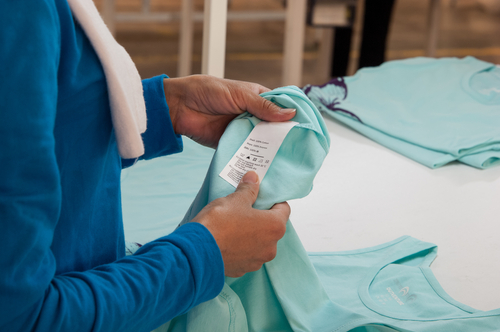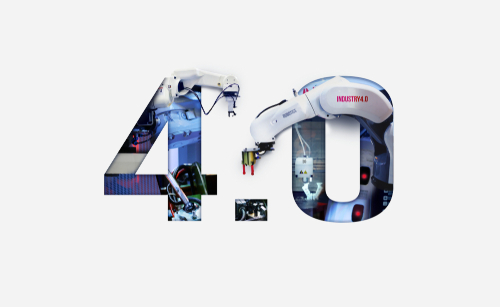In the report are various terms that tell you the quality-status of your product, i.e., if the product is ready for a shipment release, or if improves are required.
Often, new terms in any official document can leave you bewildered and questioning your understanding of the written language. So, for ease of understanding and reference, as well as to help guide you through an issued inspection report, take a gander at the oft-used terms and definitions below.
You'll also notice – as you go through the terms – that the terms are usually presented in pairs or groups. This is because the terms are interrelated.
Beginning with the most obvious term and definition will help ease you into the other terms:
Pass / Fail (or "PASS / FAIL" – lower or upper case is irrelevant).
Clearly, if your product passes inspection, the result recorded on the report is "PASS". If the product fails for any reason, the report will show "FAIL". In this case, there will be information provided as to where your product needs improvement.
The level of improvement depends on the details. Which brings us to the next of words:
Critical / Major / Minor
"Minor" is the simplest term to define. It means there is a small problem with the product – likely aesthetic. In such cases, you may decide to accept the issue and release the shipment because the fault does not adversely affect the product. The fault also does not negatively affect the end-consumer.
If the fault (also known as "defect") is rated "Major", this means the issue has affected the product negatively, so would impact the end-consumer's product satisfaction and respect for your brand. "Major" faults may include surface blemishes that are noticeable, e.g., a rip in an armchair's upholstery. Of the issue may be functional, for example, the camera on a cellphone does not work.
The end-user will undoubtedly be annoyed, but they are at risk of injury.
"Critical", however, means the product poses a potential risk of injury to the end-user. For instance, the battery in a portable device may overheat and cause burns. Or it may be normal household AA batteries whose terminals (positive / negative ends) connect with a low-resistance conductor (e.g., a piece of steel wool) – this carries a high potential risk of injury or even risk of fire.
Both "Major" and "Critical" ratings require the product to be improved or even redesigned before it could be considered market-ready. And follow-up inspections would be required.
However, whether or not an inspection is successfully concluded depends on the situation the inspector(s) face when they arrive at the designated facilities:
Inconclusive
Inconclusive happens when certain scenarios present themselves: When an inspector visits a facility to inspect your products, it is not unknown for the inspector to (1) be met with an incorrect facility name and address, or (2) the inspector finds that the inspection environment is unsuitable for inspection, or (3) the requirements for the product are not available, yet "PASS" or "FAIL" cannot be rated, or (4) the factory is uncooperative.
When the first scenario takes place, the result is normally rated "Inconclusive”. This is a consequence of the manufacturing facility providing inaccurate or incorrect information. On the other hand, it may be that the facility for inspection may be a subsidiary of the manufacturer. But since that information was not initially provided, or approved on-site, then the inspector cannot conduct an inspection. Therefore, even before the inspector has begun, the visit has been unsuccessful. Ergo, the conclusion is "Inconclusive".
If scenario (2) happens, it means the inspector found problems with the factory's inspection area. For instance, the area may have been too dimly-lit to examine the products in the necessary detail. Or the facility may have restricted areas that contain the items the inspector needs to inspect. Such a visit can be rated as "Inconclusive", as the inspection has just started but cannot be completed.
Should the requirements for the product be unavailable (scenario (3)), then the inspector needs to determine if "PASS" or "FAIL" can be rated. If there is not enough information to make this "PASS / FAIL" judgment, then the inspector will rate this point as "Inconclusive" or "Pending".
In the case of Scenario (4), the inspector has encountered an uncooperative factory manager. The manager cannot or will not provide tools for the inspection, or in other ways obstructs the inspection. This hypothetical scene would result in an "Inconclusive" inspection result.



.jpg)




